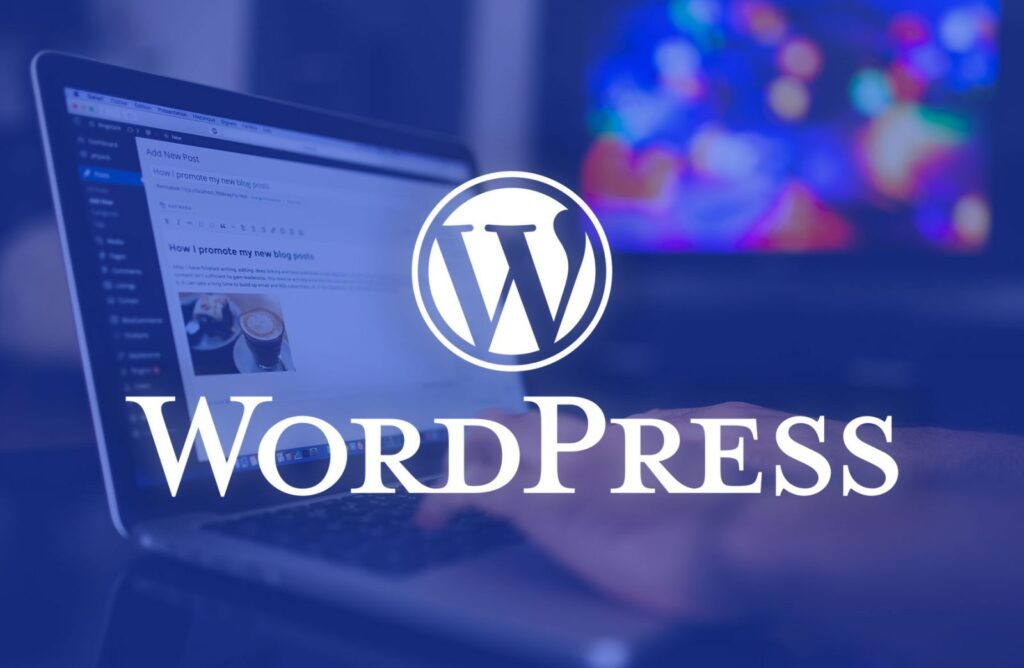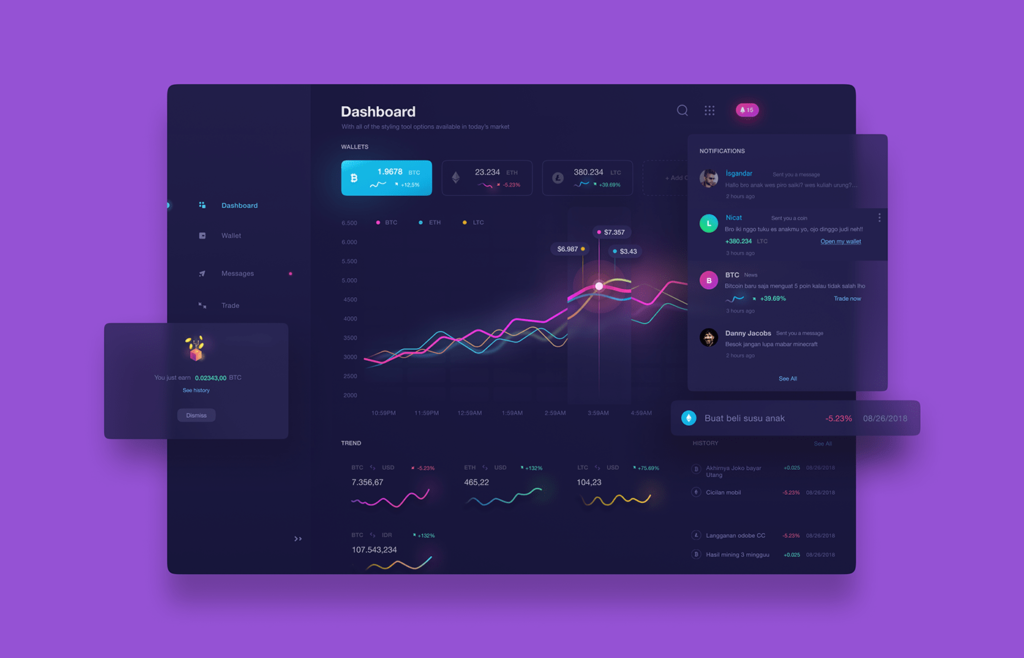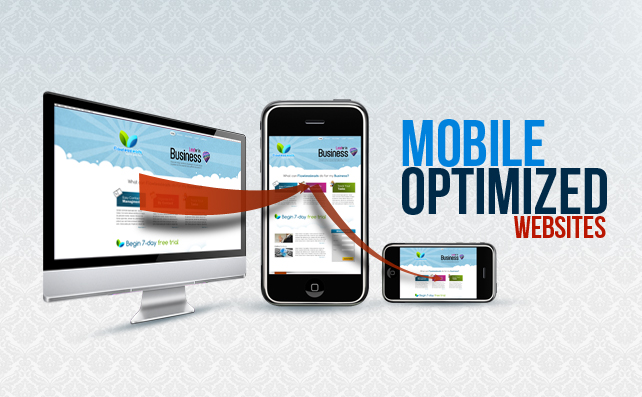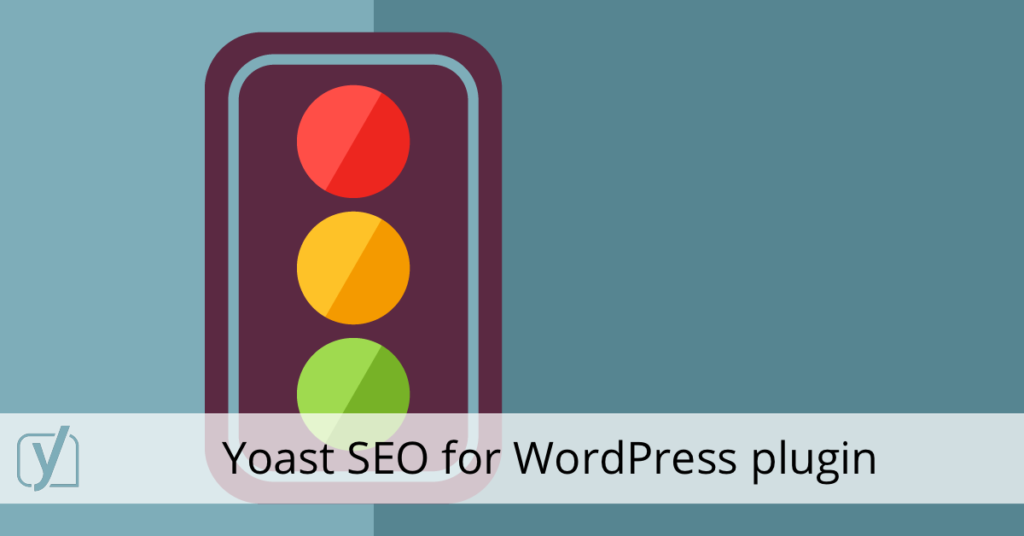With over 40% of websites on the Internet using it, WordPress is a free and open-source content management system (CMS). Without requiring a deep understanding of programming, it provides users with a toolbox to create, organize, and publish content. Now a flexible tool used for websites of many kinds, from personal blogs, portfolios, and online storefronts to business and corporate websites, WordPress was first created for blogging.

User-Friendly Interface
The ease of use particularly in the aspects of user interface can be seen as one of the top WordPress benefits. Compared to WordPress technical expertise is optional which makes management a difficult task even for non-technical people from beginners to experienced developers.
Intuitive Dashboard
Once the user successfully logs into the WordPress dashboard, he or she finds a very neat and well-organized layout. The dashboard is just the frontline of the site where all the activities like creating the posts and pages, uploading media managing comments, and customizing the settings are done. The structure is set out in a logical order, exactly like menu items and options are put together and organized well for users to navigate easily.
Media Management
Manipulation of media files which consists of images, videos as well and audio is easy in WordPress. One of the media library features is that it allows users to upload files from their devices with just a few clicks in the library space, organize them into folders, and insert them into the chosen pages with one simple procedure. Image editing is managed within the editor by resizing, cropping, and aligning them. It eliminates the necessity to work with external photo editing software.
Theme Customization
With WordPress you can choose from many schemes, managing the site’s visual design. The theme customizer tool enables an end-user to check and change the themes’ colours, fonts, layouts, and placements of the widgets instantly and find the right adjustments. Similarly, users can personalize their site by adding custom logos, background images, and headers without needing to write code.

Plugin Management
The features of plugins include such things as a form builder, SEO optimizer, e-commerce systems, social media support, and an array of other options. The plugin management interface will help users to install, enable, disable, and upgrade plugins without hassle that much. The player can install new plugins from their dashboard or search for them using the dashboard and access plugin settings and documentation.
User Roles and Permissions
WordPress is equipped with a reliable user management system with flexible roles and access control, and therefore it is a perfect tool for environments in which people work in groups. For instance, user roles can be put as Administrator, Editor, Author, Contributor, and Subscriber, each of them granting access and capabilities to a different range of functions. This makes it possible to make sure that team members work as effectively as possible while keeping a proper register of people involved in the site control.
Accessibility Features
Accessibility is the core of WordPress’ stand, which is easy to use for web development and helps make websites built on the platform accessible to people of all kinds of abilities. The platform is web standards-based with accessibility features such as keyword navigator, screen reader viability, alt text for images, and semantic HTML code. Hence meets a certain need of users with disabilities providing a positive user experience.
Extensive Customization Options
WordPress has dozens of options for personal choices and these choices are made possible by a big template collection and plugin library. In case you are wondering what topics control the visual design of your website then wonder no more. Just install one of the thousands of free wraps or paid templates created for different industries and styles. Conversely, plugins add powerful functionality to your site, introducing elements such as forms, allowing visitors to purchase from your website, and search engine optimisation, among others.
Themes Shaping Your Website’s Design
WordPress gives a very wide selection of themes that can vary from free to the highest quality premium options, according to the type of industry, the style, and the platform’s purposes. Multiple ready-made templates that you can use to create and edit your website, saving you time and training due to the elements that the theme controls, such as design layout and visual appearance. Thus, you end up with a cohesive website design without needing in-depth coding or design skills.

Free Themes
WordPress offers many kinds of free themes that users can install from the dashboard with just one single click. They are well-thought-out, easy to use, quick to respond, and simple to maintain thus perfect for those having a budget or just starting.
Premium Themes
However, those users who are looking for much more advanced features, control over every element, and support the hill-of-beans want the paid premium themes to be over the place. These themes are attributed with more additional settings for customization, design elements that go beyond the usual ones, and a suitable setup with popular plugins available.
Custom Themes
An option to choose the custom themes created by expert designers is for the users who want ultimate control over the design and functionality. This is one of the key things that distinguish our themes: they are unique and are tailored to address specific needs, branding guidelines, and user experience objectives.
Widgets and Sidebars As for Functionality
WordPress widgets are modular components of content or functionally that can be placed in widget-ready areas such as sidebars, footers, and widget page templates. Widgets are the little packets that give the website more functionality and interactivity like recent posts, social media feeds, custom menus, search bars, contact forms, and many more.
Drag-and-Drop Interface
It is so easy to drop a widget on your site by dragging and dropping it into widget areas within the WordPress dashboard. This intuitive interface makes it easy to design the site’s appearance and functionality, without actually having to touch the code.
Widget Visibility
WordPress widget visibility options enable users to decide where and to what extent the widgets will appear by specifying factors for instance page/post type, categories, tags, user roles, etc. This degree of particularization makes sure that widgets are embedded in the pages contextually and intentionally.

SEO-Friendly Structure
Developing an SEO-enabled website is the first step to achieving better visibility, driving organic traffic, and showing up higher in the search engine result pages (SERPs). WordPress, having its SEO-friendly structure as an inherent feature and with the help of powerful plugins, gives users the tools and capabilities to successfully optimize their websites for search engines.
Reactivity and the Mobile Friendliness
The search engines especially Google give web pages with mobile design the preference as more and more people use mobile phones today. WordPress themes are adapted for certain screen sizes and devices with the use of responsive design. This mobile-optimized platform improves user experience, decreases bounce rates, and provides a positive boost to SEO standing.
Speed and Performance Optimization
A website’s speed and performance are among the important elements of search engine optimization (SEO) success. WordPress provides a variety of options and techniques to boost website speed which includes but is not limited to.
Caching
Through WordPress plugins such as WP Super Cache, W-3 Total Cache, and WP Rocket, caching is enabled to lessen the server load and improve the page loading time.
SEO Plugins and Tools
WordPress offers an SEO-related ecosystem of plugins and tools that are designed to streamline the optimization process and enable you to take action based on the received insights.
Yoast SEO
Yoast SEO is an all-inclusive plugin that provides functions like optimization on the page, XML sitemap generation, management of meta tags, readability analysis, and integration with social media.
Rank Math
Rank Math is another strong SEO plugin that has multiple features like rich snippets, schema markup, keyword tracking, internal link suggestions, 404 error monitoring, and redirection management.
All-in-One SEO Pack
These SEO tools range from XML sitemap to social meta tags, Google Analytics integration, canonical URLs, and title and description autotimization.
Mobile Optimization Touching Mobile Customers
A lot of e-commerce transactions go through mobile devices, so your online store must be optimized for mobile visitors. WordPress themes and plugins for e-commerce are mobile-responsive, meaning there are no bugs when shopping from smartphones, tablets, or desktops. The important factors to be considered for mobile optimization include.

Responsive Design
Select a mobile-responsive theme and change its layout and elements according to the screen size and device orientation.
Mobile-Friendly Checkout
Optimize checkout for mobile users with a clean and easy-to-use interface. Optimize form fields, lessen steps, and allow guest checkout as well.
Fast Loading Speeds
Optimize images for speed, minimize scripts, and utilize caching for mobile page load times. Fast-loading pages improve user experience and decrease bounce rate.
Touch-Friendly Navigation
Create navigation menus, buttons, and links with a screen finger-friendly size and spacing to accommodate touchscreen interactions.
Mobile Payment Options
Ensure payment gateways and digital wallets (e.g. Apple Pay, Google Pay) that are mobile optimized are provided for secure and easy mobile transactions.
E-Commerce Capabilities
One of the most important factors for businesses looking to sell goods and services online is having access to e-commerce choices. Through WordPress’s open e-commerce environment that includes a plethora of e-commerce plugins and themes, users will be able to generate and run online stores without hassle. It doesn’t matter if you own a small business do freelancing, or a large enterprise, WordPress provides a scalable and customized solution to handle your e-commerce needs.
E-Commerce Plugins Extending Functionality
Next to WooCommerce, WordPress users will find a great number of plugins that will make their e-commerce stores more elaborate by adding unique features and opportunities. undefined
Yoast Woo Commerce SEO
This plugin helps with SEO on product pages, elevates SEO ranking, and boosts the visibility of e-commerce stores.

Woo Commerce Subscriptions
Enables to set up subscription solutions, whether it is products, services, or memberships, which bill customers regularly.
Woo Commerce Product Add-Ons
Enables customers to have the customizations, upgrades, and add-ons prompted in the products, such as gift wrapping, engraving, or additional services.
Woo Commerce Bookings
Perfect for those businesses that provide appointments, reservations, or rental outlets, it takes care of schedules, book availability, and customers’ reservations.
Conclusion
What makes WordPress the clear choice in the contest for supremacy among content management systems is its flexibility, ease of use, and capacity for high-traffic volumes. Whether you run a company, a small business, or a blog, WordPress is the platform that will help you establish the online presence you want. If you want Read Out More Blog Like this then visit Mr Ahsan Ali Blog
Through mastering WP’s intuitive interface, different customization possibilities, SEO-ready architecture, scalability, commitment from the community, the responsiveness of mobile devices, opportunities for e-commerce, and affordability you can build a website that draws an audience and fulfils your online aspirations.

